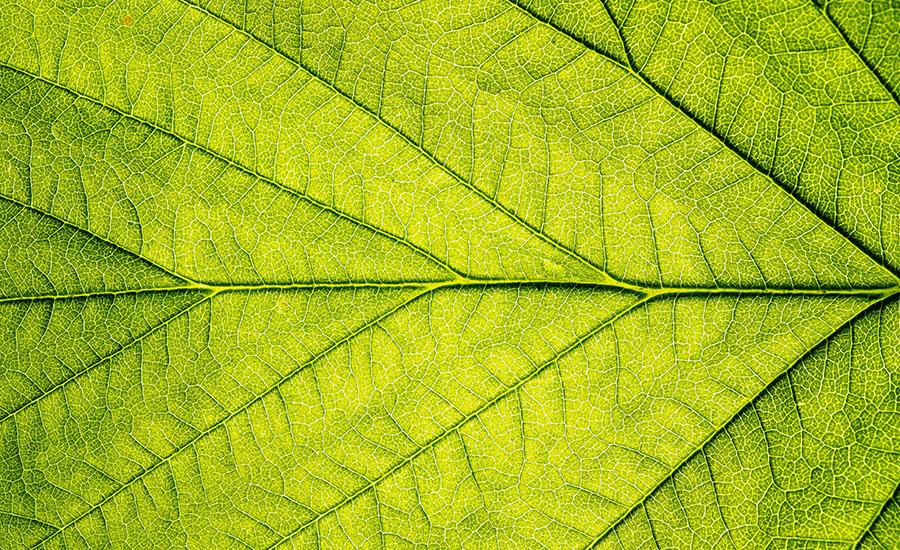
Plant Pigment Chromatography: Do plants and Leaves Contain the Same Pigments?
In this lesson, students will collect flower and leaf samples from around their school campus and return to the lab to conduct chromatography to separate pigments in their samples. Students will learn about the electromagnetic spectrum, why leaves and flowers appear as the colors we see and what the functions of these colors are. Students will learn about a simple form of chromatography, paper chromatography, and analyze the pigment types found in each of their samples by calculating the Rf value of each pigment front. This lesson can lead nicely into a second lesson about plant pigment spectrophotometry and analysis of concentration of plant pigments, or can be taught as a stand alone lesson.
Lesson Plan Link/URL
https://docs.google.com/presentation/d/13Tw-kCqCSoXmPxza9d5DYuAQYjoqqrB2yQoPVXE…Subject Area
Science Physical Science P4: Energy Transfer Life Science L1: Cells L2: Organisms & Energy Mathematics Measurement and Data (MD) Expressions and Equations (EE)Related Content


In this lesson students explore the relationship between pigmentation and light absorbance. Students will use a spectrophotometer to analyze pigment samples and record the absorption spectrum for

Plants are the basis for nearly all agricultural production. Agricultural plant crops produce food, fiber, fuel, and aesthetically pleasing plants. Plants utilize energy from the Sun to convert water

